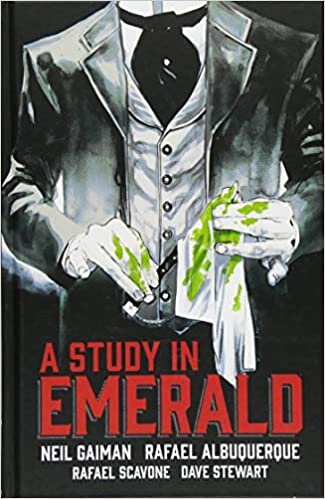This is an interview with J.C. Alegria, one of the authors from our upcoming anthology, TexArcana! J.C. Alegria wrote the short story, “Buck and a Half.”
Alexis: Tell us about yourself! What would you like readers to know about you?
J.C. Alegria: Retired airline pilot with a passion for reading and storytelling. Seven publishing credits
so far: two aviation articles and the rest are spooky short stories. I live quietly in the
woods of western Pennsylvania. With the owls.
.Alexis: Owls are amazing creatures! I love seeing them on my walks. So, what book or books have most influenced you as a writer?
A picture of a beautiful barn owl!
J.C. Alegria: Better to list authors: Ray Bradbury, E.A. Poe, Stephen King, Dean Koontz, Robert
McCammon, Elmore Leonard, Donald E. Westlake, et al.
Alexis: That’s a great list! I particularly like Ray Bradbury, Edgar Allen Poe, and Stephen King. Dean Koontz’s Watchers is one of my all-time favorite sci-fi/horror books, as well. I loved the idea of a hyper intelligent dog! If you write horror, what are some of your biggest fears, and how have they inspired your writing?
J.C. Alegria: The frailty of sanity and how easily our minds can deceive us and blur reality, and how comfortable evil seems to be curled up in the human spirit. I think these are things that frightens us all at some level.
Alexis: I agree. It’s always so disconcerting how easily evil seems to get into everything in the world, isn’t it? So what do you like to do other than read or write? Do you have any interesting hobbies?
J.C. Alegria: I am an avid scuba diver.
Alexis: Interesting! What TV shows/Movies do you like to watch or stream?
J.C. Alegria: I enjoy well-written horror stories that focus more on psychological and supernatural elements rather than violence and gore. “The Lady in Black” (2012) is a good example: a terrifying movie that was rated PG-13. I also enjoy good crime stories along the lines of Elmore Leonard.
Alexis: “The Lady in Black” is truly terrifying. What’s your favorite animal?
J.C. Alegria: I’m a dog person.
Alexis: Do you like playing video games? What’s your favorite game right now? Has a video game ever influenced you as a writer?
J.C. Alegria: The last video game I played was about 40 years ago. It was “GALAGA.” Joy stick and two buttons to destroy alien spacecraft. Booth-type machine in the lobby of a movie theatre. Cost twenty-five cents, and I kicked butt.
Alexis: Sounds like fun! Do you have pets?
J.C. Alegria: I’ve had dogs most of my life but do not have any now. However, I frequently dog sit for friends and enjoy the company of two wonderful German shepherds. I thus get a weekly dose of canine affection, a necessary inoculation against a crazy world.
Alexis: What advice do you have for other writers or people just getting started in writing?
J.C. Alegria: Whatever you do, read these two books: Make Your Words Work, by the late, great Gary Provost, and, of course, The Elements of Style. Then study how authors you enjoy construct sentences and paragraphs to deliver clear prose. In my opinion, the best style is clarity. Learn how to combine sentences without using conjunctions and know that adverbs are not your friends. Learn how to express a character’s thoughts without constantly using “he thought.” Imagine a scene and write it down, remembering that you are playing a movie in your reader’s mind. That’s a privilege. And have fun telling a good story.
Alexis: How do you choose what books you want to read?
J. C. Alegria: Previous experience with authors, themes, and I may skim through reviews, but I never read a synopsis; I don’t want to know the story before I read it.
Alexis: Do you like Greek/Roman/Norse/Asian/African mythology or folklore? What’s your favorite myth?
J.C. Alegria: Icarus.
Alexis: Thank you for talking to me! To learn more about J. C. Alegria, check out his author bio below!
Author Bio for J. C. Alegria
J. C. Alegria, a retired airline pilot, was raised in both Latin America and the United States. His previous publishing credits include two cover-feature aviation articles for FLYING magazine and the horror short stories Ghoul is my Copilot (Murky Depths, 2008), Cathedral (Tell Tale Press, 2019), and The Strange Death of Ebenezer Scrooge (Silver Shamrock, 2019). He also has two novel-length manuscripts ready to fly; the first is a horror/thriller with wickedly ruthless characters and the other is an aviation-based adventure story set during the Sandinista Revolution of 1979, a tale which takes a hard, unflinching look at greed and the cold brutality of Man. An avid reader and huge fan of spooky tales, he lives somewhere in the woods of western Pennsylvania, where he is currently working on his next story. Usually at night.











